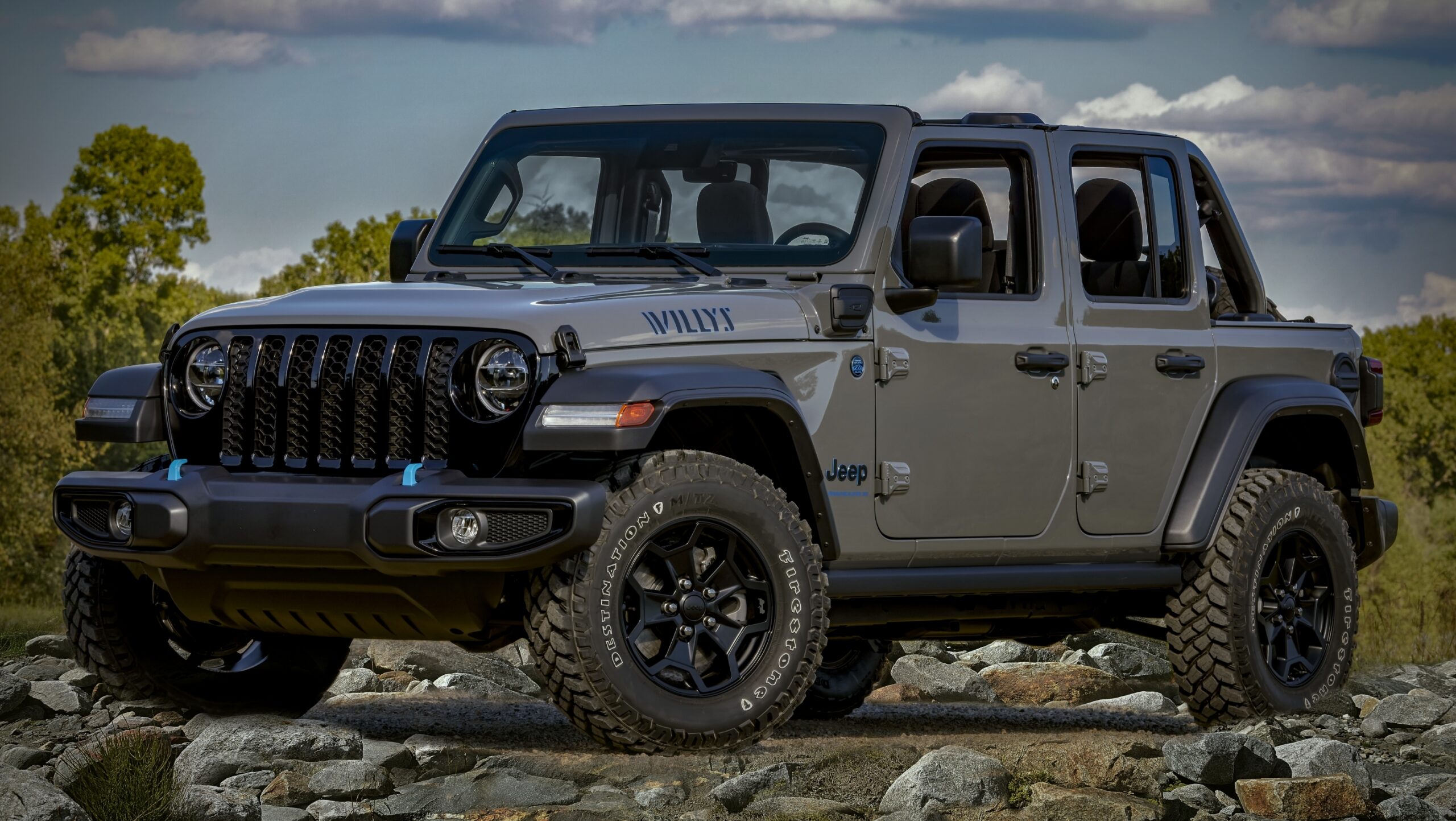Jeep enthusiasts and casual off-roaders alike often speak in hushed tones about a phenomenon known as the “Jeep Death Wobble.” Though it sounds sinister, the term refers to a physical condition that can occur in various Jeep models, particularly the Wrangler. This unsettling experience leaves drivers gripped by an unrelenting shaking of the steering wheel and front end, making it a topic that stirs both concern and curiosity among vehicle owners. To truly understand why this occurs, one must delve into the intricate architecture of the Jeep’s suspension system, the dynamics of its design, and the myriad of external influences that may precipitate this wobbling calamity.
The Death Wobble itself is not a mechanical failure per se, but rather a resonance phenomenon that manifests when specific conditions align. It generally surfaces after hitting a bump or pothole, especially when the wheels are off the ground. Those who have been caught in this unsettling experience describe an erratic vibration that can make driving unsustainable and instill a palpable fear within even the most seasoned drivers.
At its core, the Death Wobble is closely related to the geometry of the suspension system. Unlike traditional vehicles that may use more standardized suspension setups, Jeeps, especially the Wrangler line, are tailored for off-road dominance which means that their suspension is more intricate and has a greater range of motion. This configuration, while advantageous for traversing challenging terrain, creates potential vulnerabilities that can lead to a series of oscillations if not carefully managed.
One primary contributor to the Death Wobble is the condition and alignment of the vehicle’s components. A misalignment in the steering or suspension can cause the vehicle to experience an unstable response, leading to unsettling tremors. Components like the track bar, which helps keep the axle centered beneath the body, are especially crucial. If the track bar’s bushings or mounting points suffer from wear or damage, they can amplify these vibrations, leading to an exacerbating cycle of wobble that can be quite alarming.
Another critical element is the balance of the wheels and tires. Uneven tire wear or improper installation can create a setup where the tires aren’t making uniform contact with the ground, leading to unpredictable movements. The significance of maintaining balanced tires cannot be understated; it’s a pivotal aspect of achieving overall vehicular stability. When drivers opt for larger tires, a popular modification among Jeep aficionados, the importance of correct balancing and alignment becomes even more vital. Any oversight in this area can quickly cascade into the infamous Death Wobble.
To further complicate matters, elements like the age and degradation of components play a sizable role. Bushings, ball joints, and other suspension components naturally wear down over time. This wear translates to diminished performance, especially under the stress of off-road conditions, and can result in the onset of the wobble. Routine inspection and preventive maintenance can help stave off these issues, yet it’s often overlooked until the driving experience turns jarring.
External factors also come into play. Driving styles can either exacerbate or alleviate symptoms of Death Wobble. Sudden jerky movements or abrupt changes in velocity can increase the chances of experiencing these unsettling vibrations. Thus, pacing oneself on rough terrains and being mindful of one’s driving patterns is imperative for Jeep drivers wishing to maintain harmonious control over their vehicles.
In the realm of repairs and mitigation, several solutions exist. Upgrading to heavy-duty components, such as reinforced track bars or improved shock absorbers, can significantly diminish the risk of experiencing Death Wobble. Many Jeep enthusiasts swear by aftermarket products that not only improve stability but also enhance the overall off-road capability of their vehicles. Additionally, proper wheel alignment and periodic inspections—as mundane as they may seem—are crucial for the longevity and overall performance of any Jeep.
While much can be said about the practical mechanics of the Jeep Death Wobble, the phenomenon has deeper implications for those who live by the rugged ethos of Jeep culture. The willingness to embrace adventure, the camaraderie built through shared experiences, and the joy of conquering rugged trails all intertwine with the notion of occasional peril, such as Death Wobble. When did the Jeep morph into a symbol of fearlessness, and when did the specter of Death Wobble become an accepted risk among its devotees? These questions are as integral to the Jeep experience as the mechanical aspects themselves.
Furthermore, there’s an air of fascination surrounding the nuances of automotive dynamics. Understanding how a vehicle reacts under various conditions can not only enhance driving skills but also foster a deeper appreciation for the engineering involved. A Jeep owner who encounters and subsequently triumphs over Death Wobble often emerges with tales that resonate with the lore of the open road and the unresolveable mysteries of motion.
In summary, the Jeep Death Wobble is a complex interplay of design intricacies, mechanical components, and driving behaviors that culminate in a unique driving phenomenon. While triggering anxiety in the moment, it also serves as a metaphor for the unpredictability of adventure. For every Jeep enthusiast, the whispers about Death Wobble are far more than mere warnings; they are threads in the fabric of a larger story about courage, resilience, and the relentless pursuit of the great outdoors.
